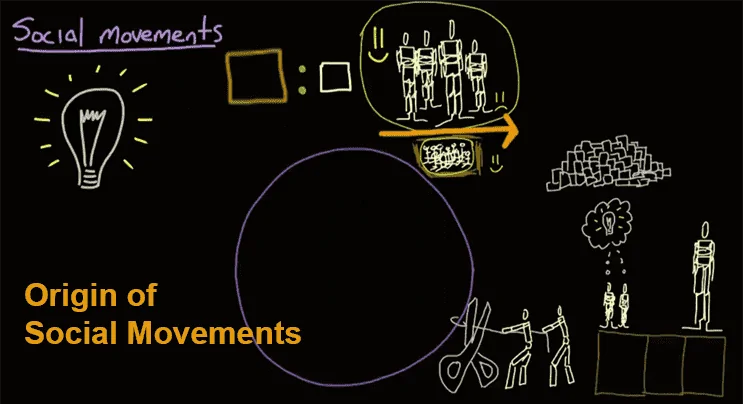Write a short note on Scheduled Tribes in India.
Scheduled Tribes.
The tribe is a group of persons having a common definite territory, common dialect, common name, common religion and a common culture. They are invited by blood relationship and have a peculiar social organization.
The tribal population in India according 1991 census, was 67.76 million. They are about 8.08% of the country’s total population. At present, India has the second largest tribal population in the world, next only to Africa. The tribes in India are spread over the length and breadth of the country. They vary in strength in different states from a few hundreds to several lakhs.
The highest number of tribals are found in Madhya Pradesh, followed by Maharashtra, Orissa, Bihar and Gujarat Despite a large tribal population in these states, they form only a minor per cent of the total population. However, in North-Eastern states, though the tribal population is smaller in comparison to the above mentioned states, they constitute more than 80% of the state population.
For ages, tribals were considered a primitive segment of Indian society. They lived in forests and hills without having more than a casual contact with the so called civilized and advanced neighbors. But the physical isolation of most of the aboriginal tribes drew to an end when the modern means of communications like railways and roads were introduced in the 19th and early 20th century coupled with the sudden growth of India’s population. Peasants, traders, contractors, moneylenders, administrators invaded their space. There was economic, social and cultural exploitation of the tribals.
Several tribals got absorbed within the Hindu fold, while many converted to Islam and Christianity. The economic system of the tribals vary from hunting and food gathering to being the labor force in the industries, plantations and mines. The tribals such as Mizo, Garo, Khasi, Nagas practice shifting cultivation. Oraon, Munda, Bhil and Gonds practice settled cultivation.




